- Why You Should Grow Cabbage Sprouts
- Benefits of Cabbage Sprouts
- How to Start Growing Cabbage Sprouts
- Choosing the Right Mini Greenhouse
- Factors to Consider
- Types of Mini Greenhouses
- Comparison Table
- Setting Up Your Self-Watering Mini Greenhouse
- Step 1: Choose the Right Location
- Step 2: Assemble the Mini Greenhouse
- Step 3: Prepare the Self-Watering System
- Step 4: Setup Seed Trays or Pots
- Step 5: Connect the Self-Watering System
- Step 6: Monitor and Adjust
- Step 7: Provide Additional Care
- Planting and Caring for Cabbage Sprouts
- Planting
- Caring
- Harvesting
- Harvesting and Storing Cabbage Sprouts
- Troubleshooting Common Issues
- 1. Failure to Germinate
- 2. Mold or Fungal Growth
- 3. Leggy or Weak Seedlings
- 4. Pests
- “Question-Answer”
- What is a self-watering mini greenhouse?
- How does a self-watering mini greenhouse work?
- Can I grow other vegetables in a self-watering mini greenhouse?
- Are cabbage sprouts easy to grow?
- What are the benefits of using a self-watering mini greenhouse to grow cabbage sprouts?
- “Video” How to grow Cucumbers vertically, extremely lots of fruit, Growing cucumbers
If you’re a fan of fresh and nutritious greens, growing your own cabbage sprouts is a great way to add a healthy touch to your meals. This article will introduce you to a simple and effective method of growing cabbage sprouts using a self-watering mini greenhouse.
Why grow cabbage sprouts, you may ask? Well, cabbage sprouts are packed with nutrients and offer a variety of health benefits. They are rich in vitamins A, C, and K, as well as folate, calcium, and antioxidants. Moreover, cabbage sprouts have a delicious flavor that adds a crisp and tangy element to dishes.
The self-watering mini greenhouse is an innovative solution for those who are new to gardening or have limited space. This compact and efficient setup allows you to grow cabbage sprouts indoors, on your balcony, or even on your kitchen countertop. The mini greenhouse provides the ideal environment for the sprouts to thrive, controlling moisture levels and temperature.
To start growing your cabbage sprouts, you’ll need cabbage seeds, seedling trays, potting soil, and a self-watering mini greenhouse. Begin by filling the trays with moistened potting soil and sprinkle the cabbage seeds evenly on the surface. Cover the seeds with a thin layer of soil and place the trays inside the mini greenhouse. The self-watering mechanism will continuously provide moisture, eliminating the need for constant watering.
As the sprouts start to grow, make sure to keep an eye on their progress and provide them with sufficient light. In about 2-3 weeks, your cabbage sprouts will be ready to harvest. You can enjoy them fresh in salads, stir-fries, or even as a topping for sandwiches. With the convenience of the self-watering mini greenhouse, you can have a continuous supply of cabbage sprouts all year round!
Why You Should Grow Cabbage Sprouts
Cabbage sprouts, also known as microgreens, are young cabbage plants that are harvested shortly after germination. They are tiny but packed with flavor and nutrients, making them a great addition to your diet. Here are a few reasons why you should consider growing cabbage sprouts:
- Nutrient-Rich: Cabbage sprouts are a nutritional powerhouse, containing high levels of vitamins A, C, and K. They also provide essential minerals like potassium, calcium, and iron. Eating cabbage sprouts can help boost your immune system and support overall health.
- Easily Grown: Growing cabbage sprouts is a simple and rewarding process. They can be grown indoors or outdoors, and the seeds germinate within a week. With the right conditions, you can have fresh cabbage sprouts ready to eat in just a few weeks.
- Year-Round Harvest: Since cabbage sprouts can be grown indoors, you can enjoy a year-round harvest regardless of the weather outside. This makes them a great option for those who live in areas with limited growing seasons.
- Adds Flavor and Texture: Cabbage sprouts add a unique flavor and texture to various dishes. They have a mild cabbage taste with a hint of sweetness and a delightful crunch. You can use them in salads, sandwiches, stir-fries, and as a garnish.
- Cost-Effective: Growing cabbage sprouts at home is a cost-effective way to enjoy this nutritious superfood. You can grow them from seeds, which are readily available and affordable. Plus, harvesting your own cabbage sprouts means you won’t have to buy them from the store, saving you money in the long run.
- Fun and Educational: Growing cabbage sprouts is a great activity for both children and adults. It can be a fun and educational way to learn about plant life cycles and the importance of healthy eating. Watching the seeds sprout and grow into vibrant greens can be a rewarding experience.
By growing cabbage sprouts, you can enjoy a fresh and nutrient-packed ingredient right at your fingertips. Whether you are a seasoned gardener or just starting out, cabbage sprouts are a great addition to any home garden or mini greenhouse.
Benefits of Cabbage Sprouts
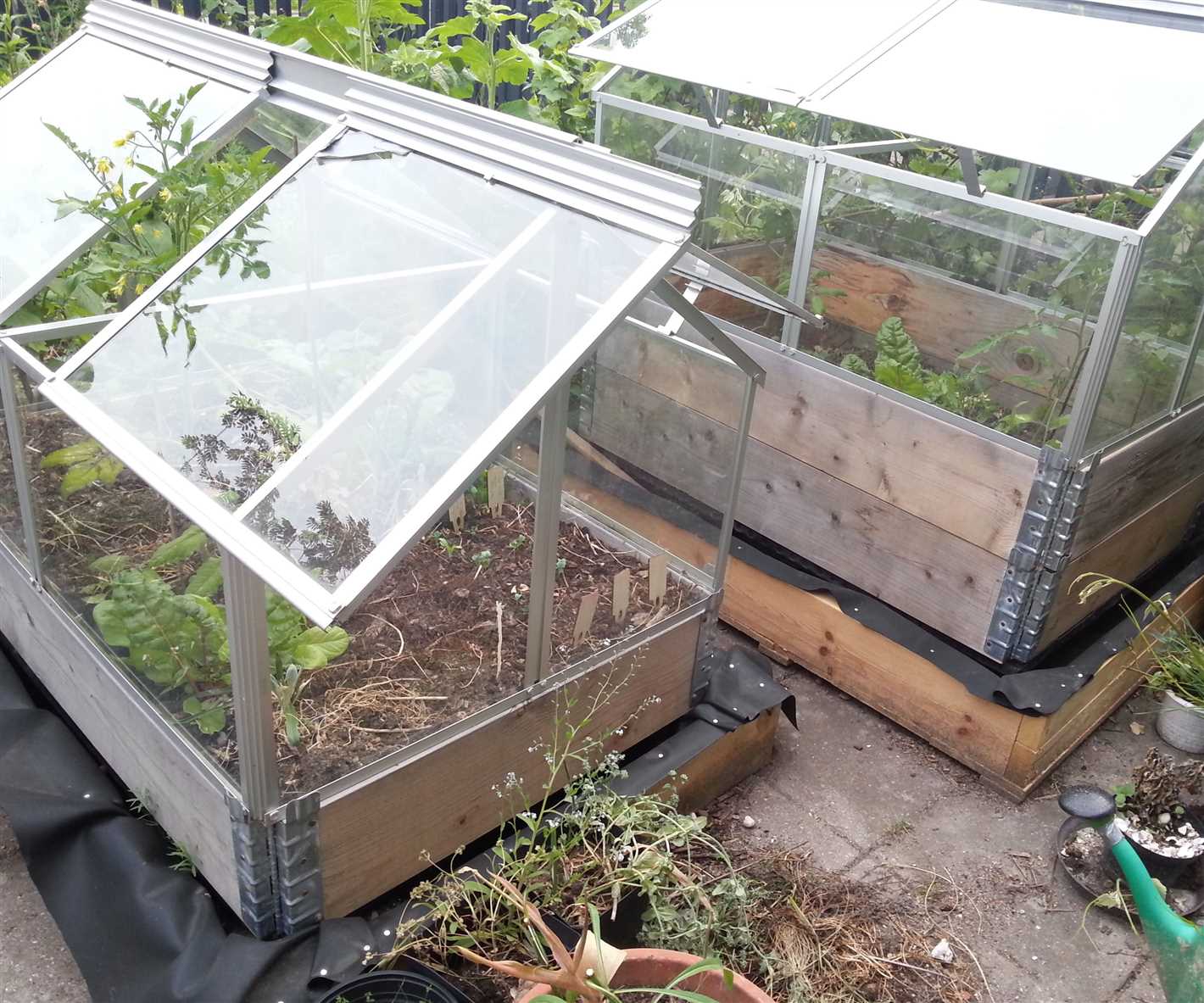
Cabbage sprouts are small, tender shoots that are packed with nutrients and offer numerous health benefits. Here are some of the key benefits of including cabbage sprouts in your diet:
- Nutrient-rich: Cabbage sprouts are rich in vitamins C, K, and E, as well as folate, calcium, and potassium. These nutrients are essential for the proper functioning of your body.
- Antioxidant properties: Cabbage sprouts contain antioxidants that help protect your cells against damage caused by harmful free radicals. Antioxidants also help boost your immune system and reduce inflammation in the body.
- Gut health: Cabbage sprouts are a good source of fiber, which is important for maintaining a healthy digestive system. Fiber helps promote regular bowel movements and prevents constipation.
- Weight management: Cabbage sprouts are low in calories and high in fiber, making them a great addition to a weight loss diet. They can help you feel full for longer and reduce cravings for unhealthy snacks.
- Heart health: Cabbage sprouts are rich in potassium, which helps regulate blood pressure and maintain a healthy heart. They also contain compounds that may help lower cholesterol levels.
- Cancer prevention: Cabbage sprouts belong to the cruciferous vegetable family, which is known for its cancer-fighting properties. They contain compounds that have been shown to inhibit the growth of cancer cells and reduce the risk of certain types of cancer.
Incorporating cabbage sprouts into your diet is a simple and delicious way to boost your daily nutrient intake and support overall health. Whether you add them to salads, stir-fries, or soups, cabbage sprouts are a versatile and nutritious ingredient that can benefit your well-being.
How to Start Growing Cabbage Sprouts
Starting to grow cabbage sprouts is a simple and rewarding process. Here are the steps to get you started:
- Choose the Right Variety: Select a cabbage variety that is suitable for sprouting. Some popular choices include green cabbage, red cabbage, and savoy cabbage.
- Prepare the Seeds: Obtain high-quality cabbage seeds from a reputable source. Soak the seeds in water for about 24 hours to encourage germination.
- Prepare the Soil: Cabbage sprouts thrive in well-draining soil that is rich in organic matter. Add compost or well-rotted manure to the soil and mix it thoroughly.
- Sow the Seeds: Create shallow furrows in the prepared soil and sow the cabbage seeds, spacing them apart according to the instructions on the seed packet. Cover the seeds with a thin layer of soil.
- Provide Adequate Moisture: Water the newly sown seeds gently, ensuring that the soil is moist but not waterlogged. Regularly check the moisture level and adjust your watering accordingly.
- Provide Proper Lighting: Place the planting container in a location that receives full sunlight for at least 6 hours a day. If you do not have access to natural sunlight, you can use grow lights to provide the necessary light.
- Monitor and Care: Regularly check the sprouts for any signs of pests or diseases. Remove weeds that may compete for nutrients and provide support to the plants as they grow.
- Harvesting: Cabbage sprouts are typically ready to be harvested when they reach a size of about 4-6 inches in diameter. To harvest, cut the sprouts at the base with a sharp knife, leaving a few leaves intact for future growth.
- Enjoy: You can now use your homegrown cabbage sprouts in a variety of delicious recipes, such as salads, stir-fries, or coleslaw. Enjoy the fresh and nutritious taste of your own harvest!
With these simple steps, you can easily start growing your own cabbage sprouts and enjoy the satisfaction of harvesting fresh, homegrown produce.
Choosing the Right Mini Greenhouse
When it comes to growing cabbage sprouts with ease, choosing the right mini greenhouse is crucial. A mini greenhouse provides an ideal environment for seedlings to thrive by creating a controlled and protected space for them to grow.
Factors to Consider
Size: The size of the mini greenhouse will determine how many cabbage sprouts you can grow at once. Consider the available space in your home or garden and choose a size that fits your needs.
Material: Mini greenhouses are typically made from materials like plastic, glass, or polyethylene. Each material has its pros and cons, such as durability, visibility, and insulation. Consider the weather conditions in your area and choose a material that will provide the best insulation and protection.
Ventilation: Proper ventilation is essential for the health and growth of cabbage sprouts. Look for a mini greenhouse with adjustable vents or windows that can be opened and closed to control the airflow.
Humidity: Cabbage sprouts thrive in a moist environment, so it’s important to choose a mini greenhouse that retains humidity. Look for features like a built-in humidifier or water tray for added moisture.
Types of Mini Greenhouses
Tabletop Greenhouse: A tabletop greenhouse is a compact option that can be placed on a tabletop or any flat surface. It’s perfect for growing a small number of cabbage sprouts indoors.
Freestanding Greenhouse: A freestanding greenhouse is a larger option that can be placed on the ground in your garden or yard. It provides more space for growing cabbage sprouts and allows for easier access and movement.
Portable Greenhouse: A portable greenhouse is designed to be easily moved around. It usually has wheels or handles, making it convenient to position in different locations depending on sunlight or temperature needs.
Comparison Table
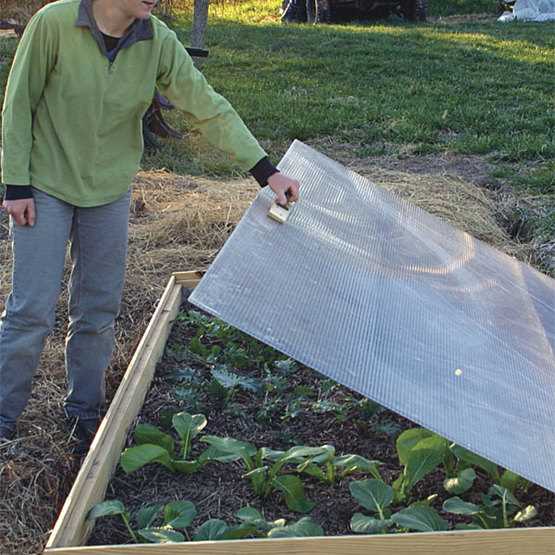
| Feature | Tabletop Greenhouse | Freestanding Greenhouse | Portable Greenhouse |
|---|---|---|---|
| Size | Small | Large | Medium |
| Material | Plastic | Glass | Plastic |
| Ventilation | Adjustable vents | Windows | Zippered openings |
| Humidity | Water tray | Built-in humidifier | Water tray |
Consider these factors and types of mini greenhouses when choosing the right one for your cabbage sprouts. With the right mini greenhouse, you can easily grow healthy and vibrant cabbage sprouts all year round!
Setting Up Your Self-Watering Mini Greenhouse
Setting up your self-watering mini greenhouse is a simple process that requires just a few steps. Follow these instructions to ensure you have everything in place for successful cabbage sprout growth.
Step 1: Choose the Right Location
Find a suitable location for your mini greenhouse. It should be an area that receives ample sunlight, preferably 6-8 hours a day. Avoid placing it in areas with extreme temperature fluctuations or strong winds.
Step 2: Assemble the Mini Greenhouse
Follow the instructions that come with your mini greenhouse to assemble it properly. Make sure all parts fit securely and the structure is stable. Ensure the vents and doors can open and close easily.
Step 3: Prepare the Self-Watering System
Before setting up the self-watering system, clean the container that will hold the water. Remove any debris or residues that may impede proper functioning. Fill the container with water to the indicated level, but do not connect it to the greenhouse yet.
Step 4: Setup Seed Trays or Pots
Place your cabbage seeds in seed trays or pots filled with a well-draining potting mix. Make sure to follow the specific planting instructions for cabbage sprouts, including proper depth and spacing. Arrange the trays or pots inside the mini greenhouse.
Step 5: Connect the Self-Watering System
Attach the self-watering container to the mini greenhouse by connecting the tubing. Ensure that the water levels are set correctly and that water can flow freely to the seed trays or pots. Adjust the flow rate if needed.
Step 6: Monitor and Adjust
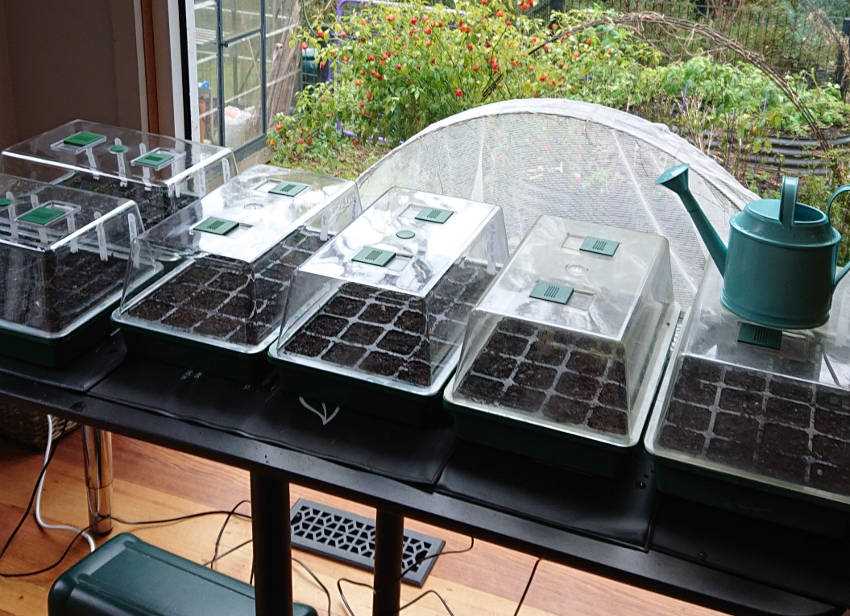
Regularly check the water levels in the self-watering container. Refill it as necessary to maintain the proper moisture levels for the cabbage sprouts. Adjust the tubing or flow rate if you notice any issues or uneven water distribution.
Step 7: Provide Additional Care
While the self-watering system takes care of the watering needs, cabbage sprouts still require regular care. Monitor temperature and humidity levels inside the mini greenhouse and make any necessary adjustments. Keep an eye out for pests and diseases, and take appropriate action if needed.
By following these steps and providing the necessary care, you will be well on your way to growing healthy cabbage sprouts in your self-watering mini greenhouse.
Planting and Caring for Cabbage Sprouts
Growing cabbage sprouts is a rewarding and nutritious experience. Learning the proper planting and care techniques will ensure that your cabbage sprouts thrive and produce delicious, crunchy leaves. Here are some guidelines to help you get started:
Planting
- Choose a location with full sun and well-draining soil.
- Prepare the soil by loosening it with a garden fork or tiller. Remove any rocks, weeds, or large clumps of dirt.
- Sow cabbage seeds directly into the soil, spacing them 12-18 inches apart. Plant the seeds 1/4 inch deep and cover them lightly with soil.
- Water the seeds immediately after planting to help them establish roots.
Caring
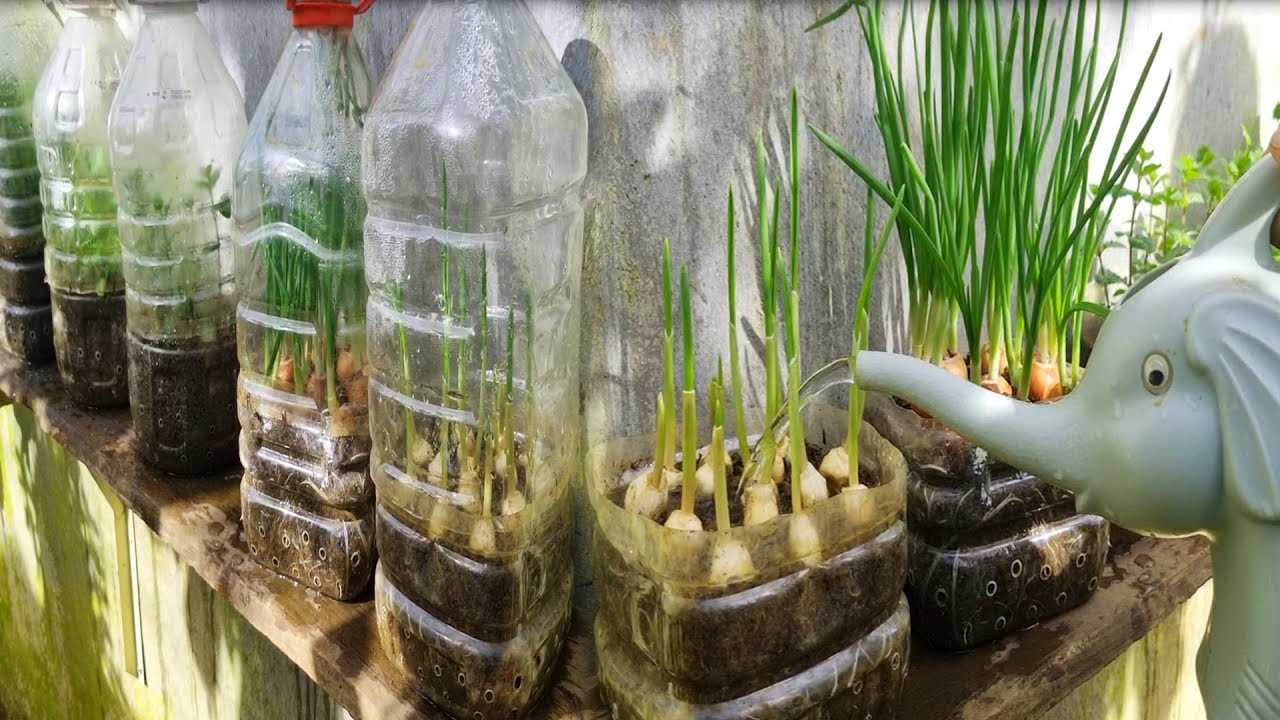
- Keep the soil consistently moist but not waterlogged. Cabbage sprouts need about 1-1.5 inches of water per week.
- Apply a layer of mulch around the seedlings to help retain moisture and suppress weed growth.
- Fertilize the cabbage sprouts every two weeks with a balanced fertilizer. Follow the manufacturer’s instructions for application rates.
- Monitor the plants for pest damage and remove any pests by hand or use an organic insecticide if necessary.
- Thin the cabbage sprouts when they reach 3-4 inches tall. Leave the strongest and healthiest plants, spacing them 18-24 inches apart.
- Protect the cabbage sprouts from extreme temperatures by using row covers or cloches.
Harvesting
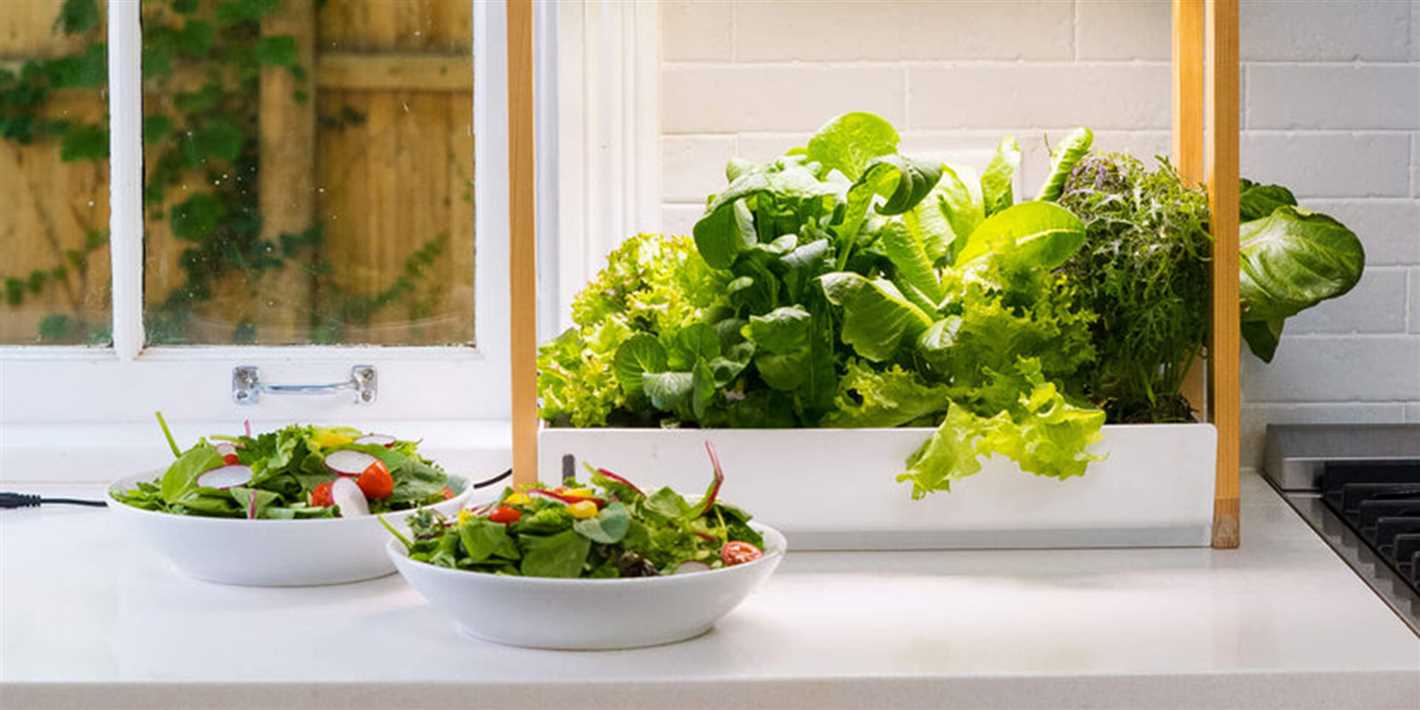
Harvest the cabbage sprouts when they reach a desirable size, usually around 60-90 days after planting. Cut the head of the cabbage sprout at the base using a sharp knife. Leaving the outer leaves intact will help preserve the freshness of the head.
With these planting and care tips, you’ll be well on your way to enjoying homegrown cabbage sprouts that are packed with flavor and nutrients. Happy gardening!
Harvesting and Storing Cabbage Sprouts
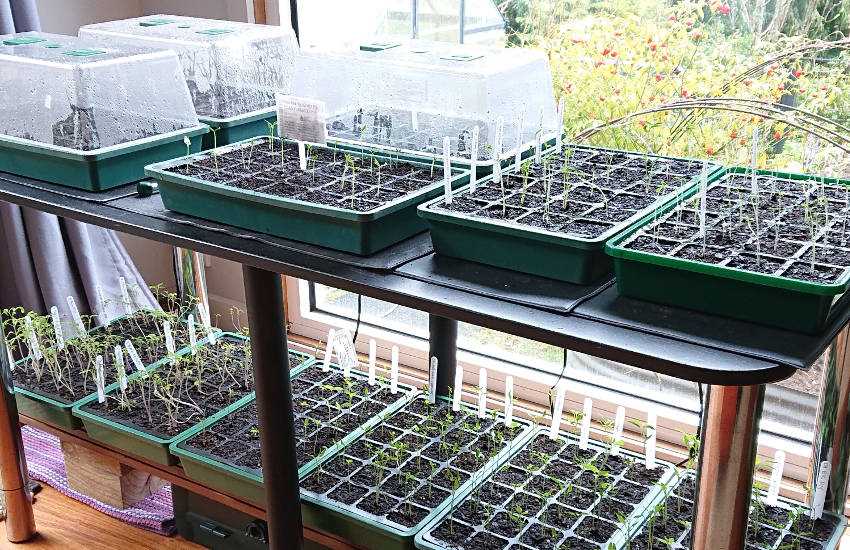
When it comes to harvesting cabbage sprouts, timing is crucial. You want to make sure that the sprouts are firm and compact before picking them. It usually takes around 60 to 90 days for cabbage sprouts to reach maturity, depending on the variety you are growing.
Here are some steps to follow when harvesting cabbage sprouts:
- Inspect the sprouts: Carefully examine the sprouts to assess their size and firmness. They should be about 1-2 inches in diameter and feel dense when squeezed gently. Avoid picking sprouts that are loose, open, or have obvious signs of damage.
- Cut the sprouts: Take a sharp knife or garden shears and cut the sprouts off the main stem. Start harvesting from the bottom of the plant, working your way up. Leave the main stem intact as it may produce smaller secondary sprouts.
- Remove loose leaves: Once you have harvested the sprouts, remove any loose or damaged leaves from them. This will ensure that the sprouts stay fresh and prevent them from wilting or rotting.
After harvesting your cabbage sprouts, it’s essential to store them properly to maintain their freshness and flavor. Here are some tips for storing cabbage sprouts:
- Refrigerate: Cabbage sprouts should be stored in the refrigerator to keep them fresh for longer. Place them in a plastic bag or airtight container to prevent moisture loss.
- Moisture control: It’s important to maintain the right level of moisture when storing cabbage sprouts. You can place a damp paper towel or cloth in the container along with the sprouts to help retain moisture.
- Use within a week: Cabbage sprouts are best consumed within a week of harvesting. As time passes, they may lose their crispness and sweetness.
By following these steps for harvesting and storing cabbage sprouts, you can enjoy the fruits of your labor and savor their delicious taste in various recipes.
Troubleshooting Common Issues
1. Failure to Germinate
If your cabbage sprouts fail to germinate, there could be several reasons:
- Incorrect temperature: Cabbage sprouts prefer temperatures between 70°F and 75°F (21°C and 24°C). Ensure that your mini greenhouse is placed in an area with the proper temperature.
- Inconsistent watering: Make sure to water your cabbage sprouts consistently. Too much or too little water can prevent germination.
- Old seeds: If your seeds are not fresh, they may have a lower germination rate. It’s best to use fresh, high-quality seeds for optimal results.
2. Mold or Fungal Growth
If you notice mold or fungal growth on your cabbage sprouts, it is important to address the issue promptly to prevent further damage. Here are a few possible causes and solutions:
- Excessive moisture: Mold and fungi thrive in moist environments. Check that you are not overwatering your cabbage sprouts and ensure proper drainage in the mini greenhouse.
- Poor air circulation: Lack of airflow can contribute to mold growth. Consider placing a small fan near the mini greenhouse to improve air circulation.
- Contaminated soil or equipment: Mold spores can be present in the soil or on gardening equipment. Clean and sterilize any tools or containers used for your cabbage sprouts to prevent contamination.
3. Leggy or Weak Seedlings
If your cabbage sprouts appear leggy or weak, it may indicate a few potential issues:
- Inadequate light: Insufficient light can cause seedlings to stretch and become weak. Ensure that your mini greenhouse is receiving enough natural or artificial light, ideally for 12-14 hours a day.
- Improper spacing: Cabbage sprouts need space to grow properly. If they are overcrowded, they can become leggy. Thin out the seedlings to provide adequate space for each plant.
- Insufficient nutrients: If the seedlings are not receiving enough nutrients, they may grow weak. Consider adding a balanced fertilizer to the soil to provide the necessary nutrients.
4. Pests
Pests can pose a threat to your cabbage sprouts. Here are a few common pests to watch out for and how to address them:
| Pest | Signs | Solution |
|---|---|---|
| Aphids | Small, soft-bodied insects clustered on leaves | Remove aphids by hand, spray with insecticidal soap |
| Slugs | Irregular holes in leaves, slime trails | Set up beer traps, handpick slugs, apply organic slug repellent |
| Cabbage worms | Chewed leaves, green larvae on cabbage plants | Remove caterpillars by hand, use row covers or Bacillus thuringiensis (Bt) |
By troubleshooting these common issues in your self-watering mini greenhouse, you can ensure the successful growth of your cabbage sprouts and enjoy a bountiful harvest.
“Question-Answer”
What is a self-watering mini greenhouse?
A self-watering mini greenhouse is a small structure that allows you to grow plants in a controlled environment. It has a built-in water reservoir that automatically waters the plants, making it easier to grow them.
How does a self-watering mini greenhouse work?
A self-watering mini greenhouse usually has a water reservoir at the bottom and a wicking system that draws water up to the plants’ roots. This ensures that the plants receive a consistent and adequate water supply without the need for manual watering.
Can I grow other vegetables in a self-watering mini greenhouse?
Yes, you can grow a variety of vegetables in a self-watering mini greenhouse, including lettuce, spinach, kale, and even cucumbers. The key is to choose plants that thrive in a controlled and humid environment.
Are cabbage sprouts easy to grow?
Yes, cabbage sprouts are relatively easy to grow, especially when using a self-watering mini greenhouse. They require consistent moisture and a temperature range of 60-70 degrees Fahrenheit. With the right conditions, you can have a plentiful harvest of cabbage sprouts in a matter of weeks.
What are the benefits of using a self-watering mini greenhouse to grow cabbage sprouts?
Using a self-watering mini greenhouse to grow cabbage sprouts has several benefits. First, it provides a controlled environment with consistent moisture, which promotes healthy growth. Second, it eliminates the need for manual watering, making it more convenient. Lastly, it protects the plants from pests and extreme weather conditions, increasing the chances of a successful harvest.







